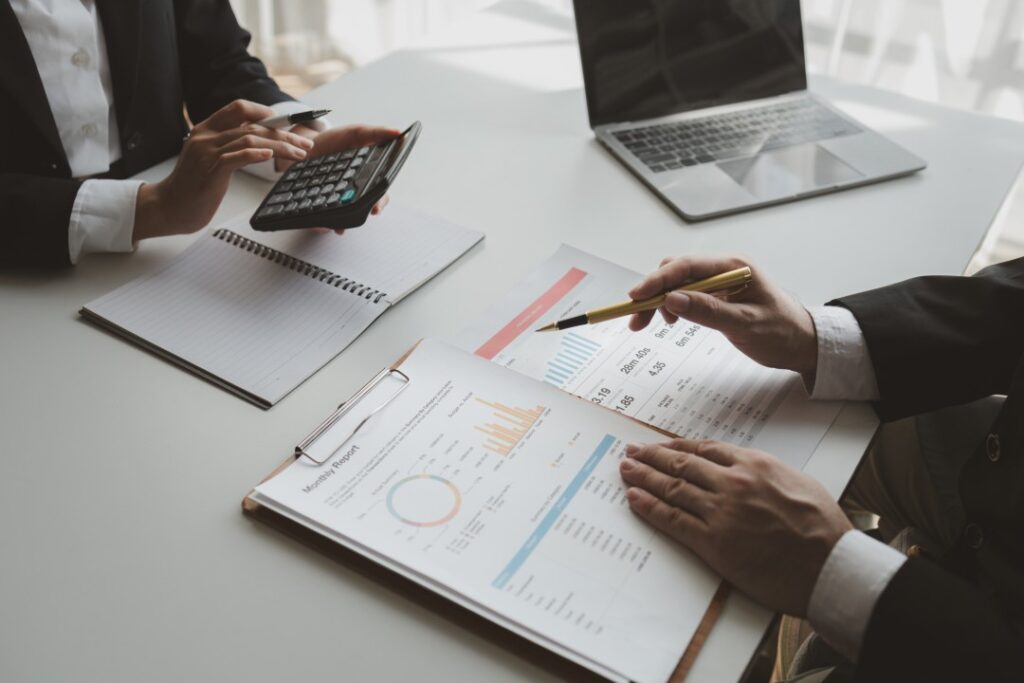Artificial intelligence already exists among us and is taking more and more control of the daily activities usually executed by humans. Is artificial intelligence a revolution? Is it positive or negative? How can we understand this phenomenon and how can we adapt to get the most out of it. Let AI Accountant Chai Chung Hoongtell you how. Let’s start!
This is How Intelligence Continues to Evolve
Intelligence is not a static ability but dynamic “Chai Chung Hoong”. At the time the child perceived that the mother was annoyed to see him grabbing candy, his “internal programming” changed and his intelligence evolved to solve the problem in a sustainable way.
Intelligence is a Constant Evolution Process
Usually when talking about intelligence we mean humans; however, it is known that animals also have intelligence (they are able to perceive information, retain it and use it to solve a problem), and now, computers.
What is Artificial Intelligence?
Artificial intelligence is the ability of computers to learn to solve problems as they receive stimuli and new information.
In the past (and today), computers had a program that solved a specific problem. That is to say, human intelligence had translated the problem into an algorithm (programming), which the computer solved quickly (for its computational capacity so fast). However, this computer could only solve the problem for which it had been designed and programmed.
A program that calculated the estimated price of a house could not calculate the estimated price of the same house if, for example, the economy had collapsed, or if it had opened a new high-level school two blocks from the house, or if two miles from the house they were creating a new residential complex with more than 450 new houses.
What Happens when Computers can Learn? What do you Want to Say “Learn”?
It means that computers can receive a huge amount of data and quickly decipher which data is relevant and which is not to solve the problem in the best way.
Let’s say a computer is programmed to buy your food. Every time you run out of something (for example, rice), you simply order it from this computer and it automatically makes the purchase online and sends it to you at home.
However, this computer begins to analyze the data of your purchases and realizes that every week you run out of rice, or that on Fridays you always buy a bottle of wine at the last minute in the corner market or that, every time you buy pizza it gives you acidity at night, etc. Then, this same computer automatically orders the rice before it runs out and the bottle of wine you like to arrive at your house on Friday and also, it recommends you not eat pizza because the antacids you are taking are not good for your health. That is what is called Artificial Intelligence.
Human Beings Learn from our Experience in a Linear Way
Now imagine 1500 robots operating in the world and connected by the internet. Every time a robot operates, all “experience” accumulates on the internet and communicates to the other 1499 robots. If each robot operates one person a day, in 1 year each robot will have the experience of 1500 robots x 1 operation/day x 365 days/year which is equal to 547,500 operations.
No Surgeon will ever Operate Half a Million Times
Let’s say that an airplane, controlled by AI, manages to perfect the landing and takeoff of a particular airport and shares the information to more than 200 planes that land at that airport and vice versa. This means perfect landings for all these planes who will share the information exponentially. Imagine the same process replicated in a medical surgery setting in a hospital. How many lives can we save?
Artificial Intelligence has 3 basic methods to receive information and learn:
Artificial vision: Machines can see, detect what they are seeing and learn from what they have in front of the lens. Many of us have examples of this technology in our iPhone X where the phone can detect our faces (and no other) and give us access to the phone, keys, and accounts. This artificial vision system can predict and learn from the natural changes of your face such as hair growth or beard, aging, lens wear, etc.
Listen: One of the great powers of artificial intelligence is the ability to listen, detect language and respond as requested. A clear example is intelligent voice assistants such as Alexa or Google Voice. They can interact with you, learn your tone of voice, teach you some topic and tell you a story.
Diverse Sensors: Any equipment that can transform something that wants to be measured in an electrical impulse can be connected to an AI machine: Temperature, wind speed, the flow of a liquid, cholesterol and triglyceride levels, blood sugar levels, water quality, etc.
After receiving the data (millions of data) is able to calculate very quickly how much of each of these data is relevant to the problem you want to solve and then modify the necessary variables.
Without the intention of entering into complex explanations, the ability of a machine to make multiple simultaneous regressions in order to detect which variables are relevant and which are not is what allows it to make the best possible decision.
AI-enabled Accounting System
AI Accountant Chai Chung Hoong is researching to develop an AI-enabled accounting system. Contact AI Accountant to find out more.





